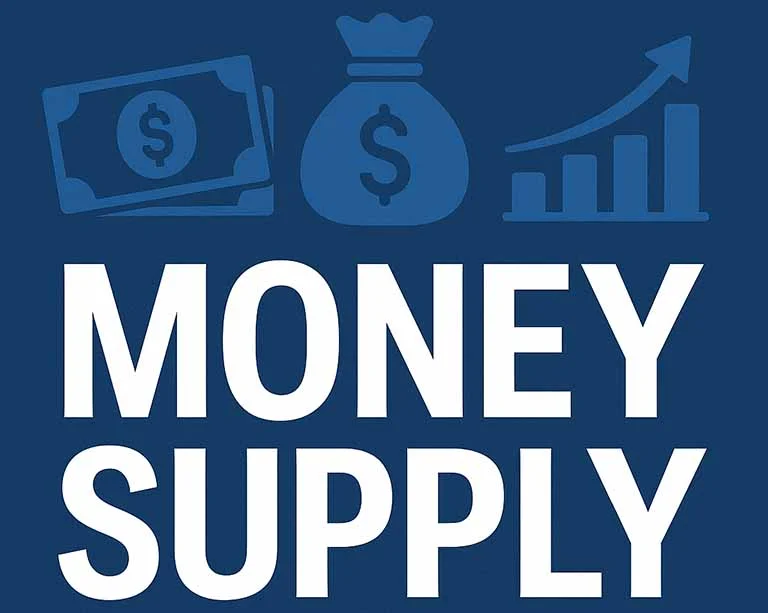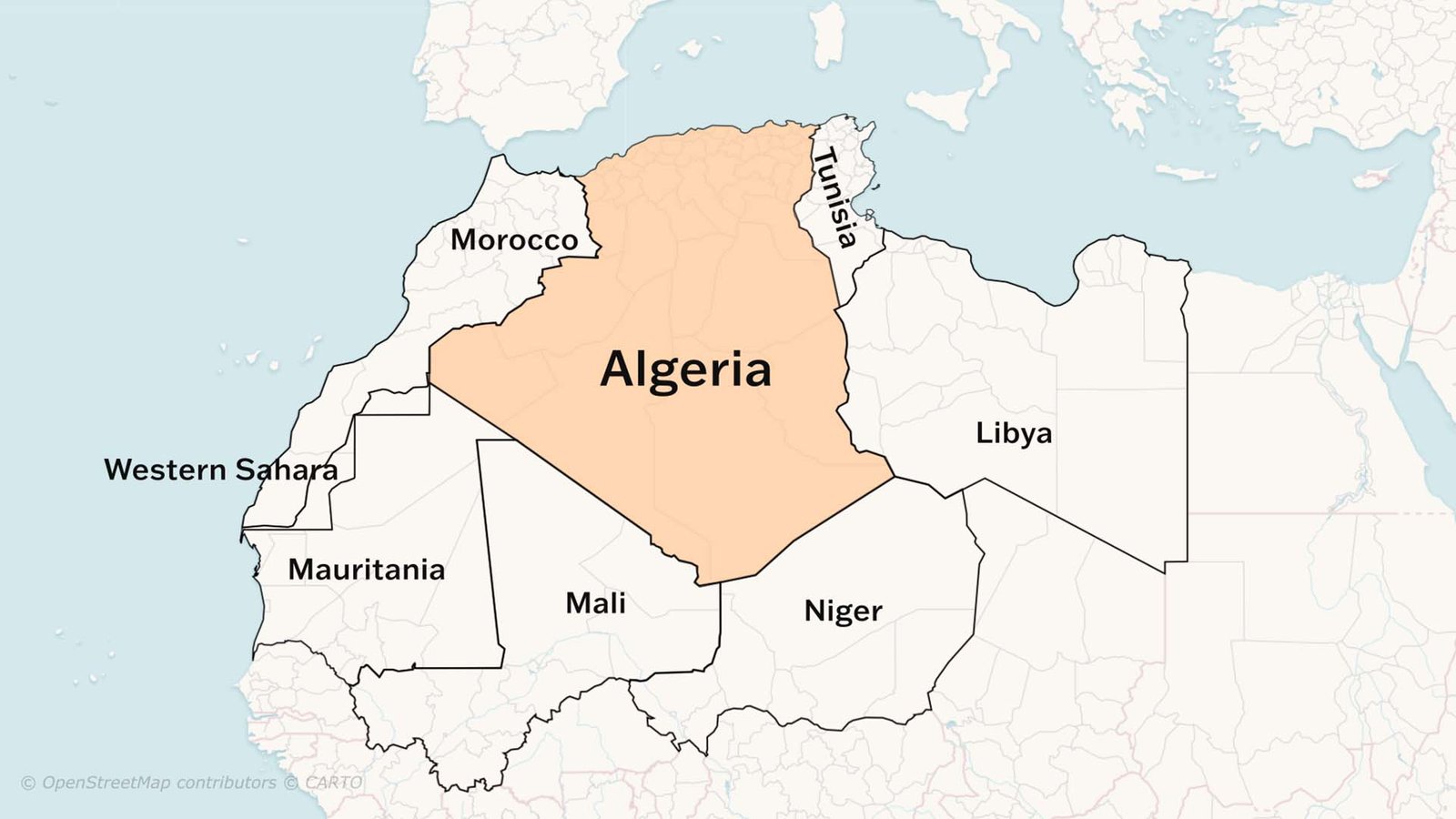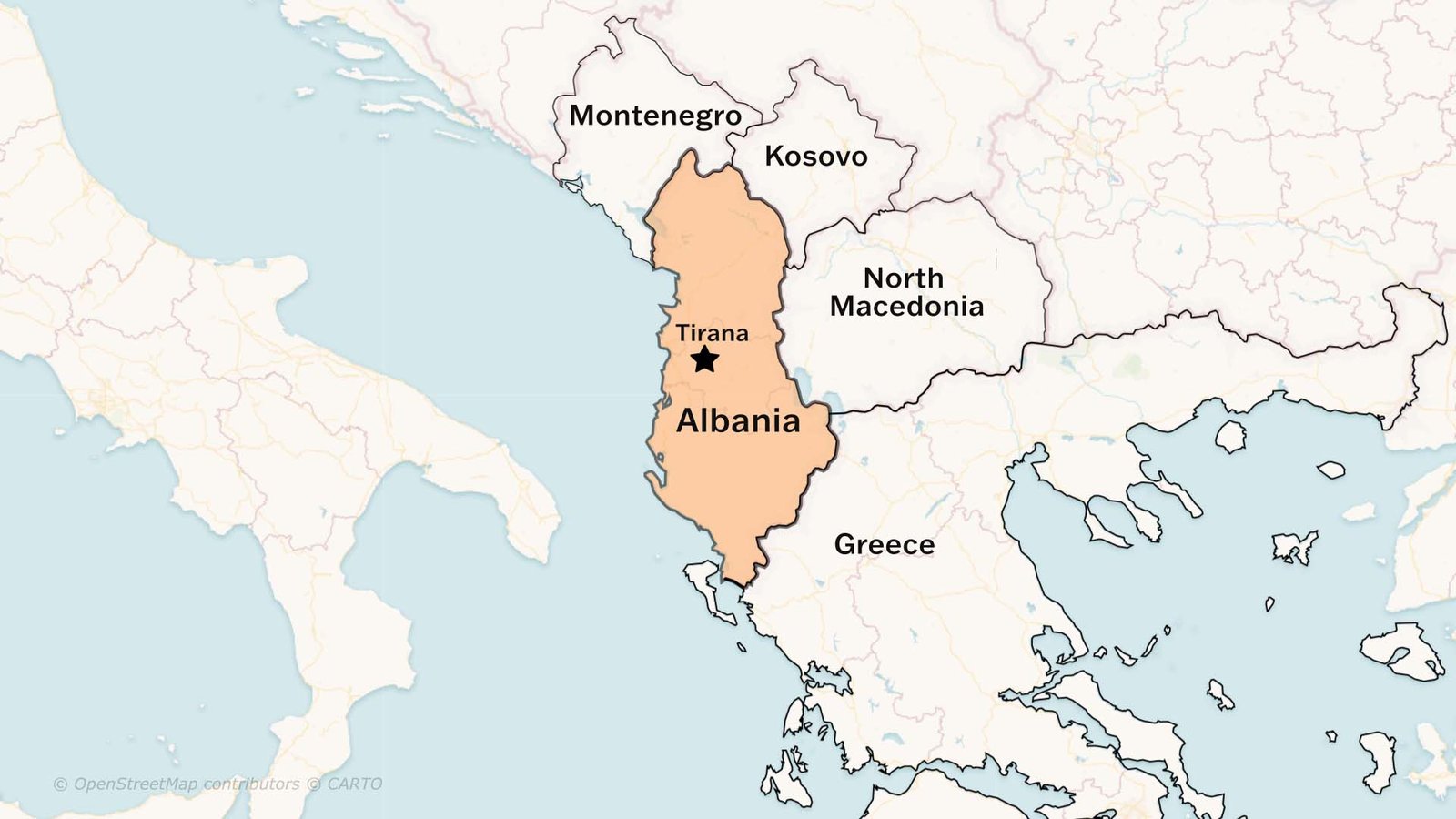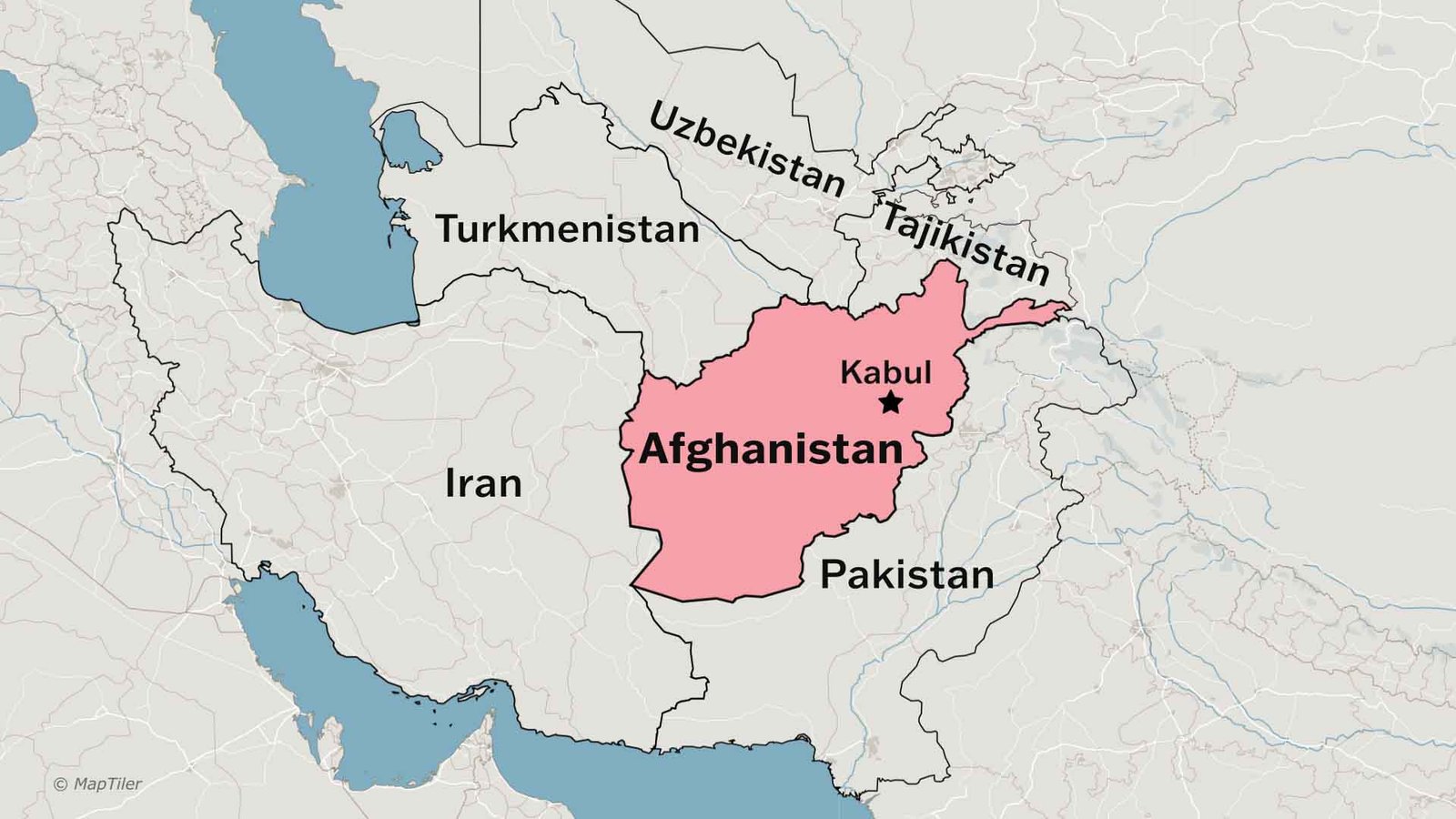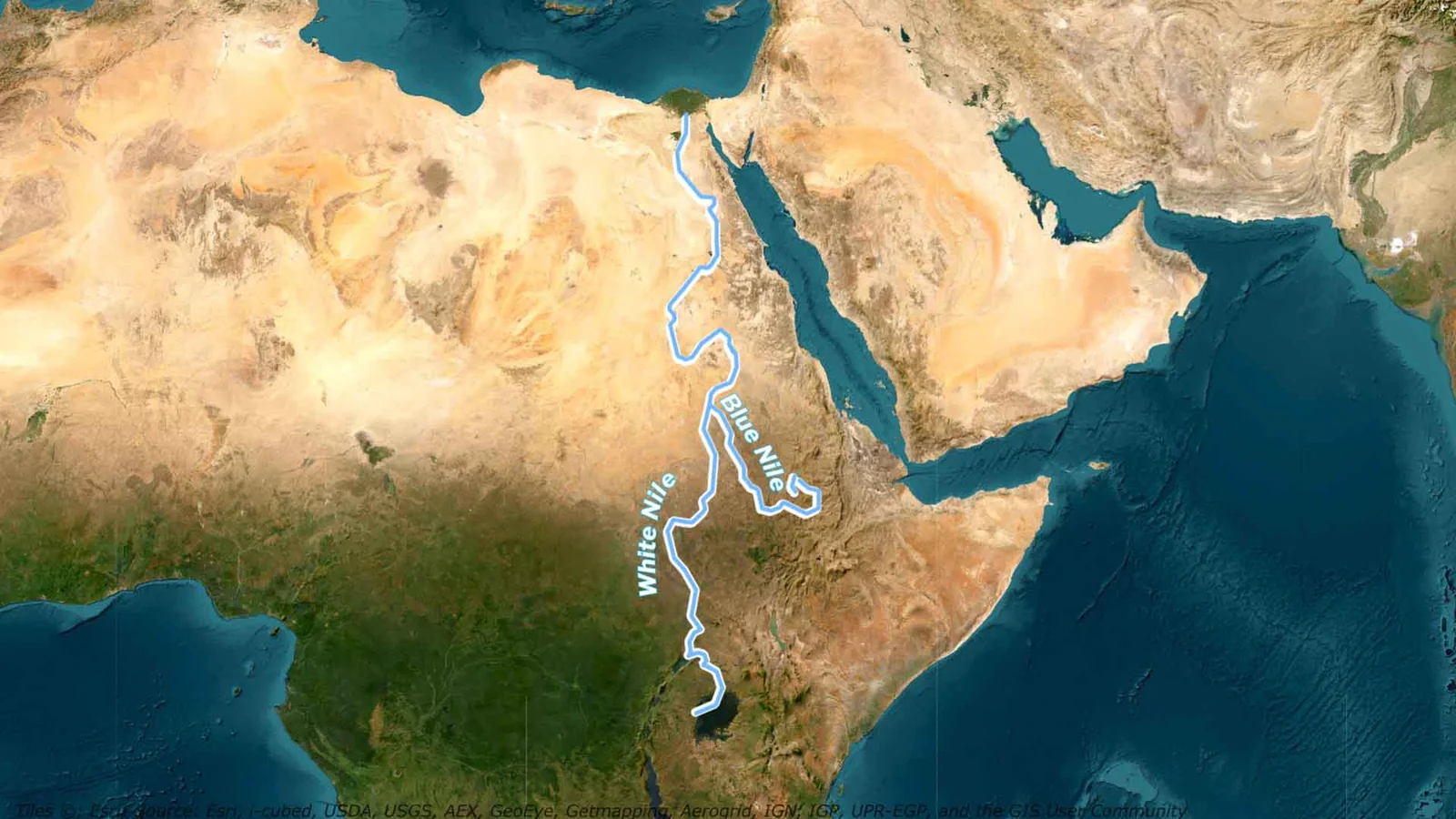Money Supply
- Money supply: It is the total stock of all types of money (currency and deposit money) held by the public at any point in time.
- Reserved money is the total stock of all types of currencies (notes and coins) held by the public and banks at any point in time. It can be held by everybody except the government.
- Relation between money supply and reserve money: MS = M (money multiplier) x MO
- Money multiplier: it is the ratio of money supplied to reserve money
- Monetary system in India – managed paper currency standard: In India, currency is printed as per the provision of Minimum Reserve System (MRS). It was adopted in 1956 in place of the Proportional Reserve System (PRS). Under MRS, the RBI has to maintain reserves of at least Rs. 200 crore in the form of gold and foreign securities currencies out of which at least Rs. 115 crore to be maintained in the form of gold.
- Reserve Bank of India (RBI): It is the central bank of India i.e. Apex Monetary Institution which was established under the RBI Act 1934 on the recommendation of the Hilton Young Committee
- Monetary policy (within RBI): It is a component of economic policy through which the central bank regulates money supply in the economy. It is the policy through which the central bank uses instruments under its control to regulate availability, endure and cost of credit interest rate and currency in the economy.
- Aggregate Demand AD(Macroeconomics): The Demand of all people for all commodities.
- Aggregate Supply AS(Macroeconomics): The Demand of all commodities for all firms.
- Monetary policy measures/instruments – credit control measures: This can be categorised into quantitative or general measures and qualitative measures.
- Quantitative or general measures: are measures that regulate overall volume of money supply in an economy that is money supply decreasing or money supply increasing, for example CSR, SLR etc.
- Qualitative or selective measures: are measures that influence money supply in specific sectors.
- Cash Reserve Ratio(quantitative measures): It is the percentage of total public deposits (NDTL) of banks which they have to keep the RBI in cash at any point of time.
- Statutory liquidity ratio (SLR): It is the percentage of total public deposits (NDTL)of banks which they have to maintain with themselves in the form of specified liquid assets.
- Open Market Operation OMO: Under OMO, the central bank buys and sells G-Sec in the financial market to influence money supply in the economy.
- Bank rate: it is the rate of interest at which the central bank lends to banks against corporate securities.
- Commercial paper: it is an unsecured security issued by a high net worth company or large company to a bank against a short term loan. These are issued at a discount.
- Liquidity Adjustment Facility (LAF): Under LAF, the Central Bank seeks to reduce short-term fluctuation of liquidity(MS) in the economy through repo and reverse repo transactions.
- Repo: Repurchase operations option. Under repo transactions, the central bank purchases short-term G-Sec from banks/FIs with an agreement to sell them back at a predetermined rate and date.
- Repo Rate (Policy Rate): It is the rate of interest at which the Central Bank provides short term loans to banks against G-sec. If the repo rate increases then the monetary supply decreases.
- Reverse repo rate: It is the rate of interest at which banks can keep their funds with the central bank for a short period of time under a reverse transaction. Therefore, the reverse repo rate increases then monetary supply decreases.
- Marginal standing facility: under MSF banks can borrow from the RBI up to certain percentage. Currently, it is 2% of their NDTL. On an overnight basis, interest will be changed on a daily basis. It is a type of overdraft facility. It is a flexible loan.
- Market Stabilization Scheme (MSS): was introduced in 2004 to sterilise, neutralise the inflation impact of increase in forex reserve. Under MSS, RBI sells a special type of G-Sec-MSS bond in financial markets to suck out extra money liquidated created due to increase in forex reserve.
- Qualitative Selective Measures
- Credit Rationing: The Central Bank fixes quota of credit for various sectors of the economy. For example, Priority Sector lending (PSL) scheme
- PSL certificate: it is issued to a bank equivalent to its lending to priority sector PS over and above the PSL quota
- Margin requirements: It is the difference between market value of a collateral security and the amount of loan that can be provided by a bank against it in a particular sector.
- Differential rate of interest: The Central Bank fixes interest rates/ceilings on interest rates for lending to various sectors.
- Differential landing norms: Different lending norms are fixed for different sectors.
- Ceiling on credit: The Maximum amount of loan is fixed for a unit in a particular sector.
- Moral pressure: Central Bank advises banks to follow certain norms through letters, seminars, speech, etc. Banks are morally obliged to follow such norms, but not legally.
- Direct action: Direct action may involve penalties, sanctions, etcetera. When a bank fails to follow any of the directions of RBI, then RBI has the authority to take such action.
- Contractionary monetary policy(Hawkish/tight monetary policy): It seeks to reduce money supply in the economy with an objective it proved to control inflation or to check the depreciation of currency.
- Expansionary money policy (dovish accommodative monetary policy, low interest, cheap money policy): It seeks to increase money supply with an objective it proved to stimulating economic growth or counter recession.
- Quantitative Easing(QE): It is an unconventional monetary policy measure used in developed countries to stimulate economic growth. Here, the central bank purchases predetermined values of bonds from bankers or financial institutions for a specified time period to increase the money supply.
- Monetary Policy Reform – Urjit Patel Committee: Committee to Revise and Strengthen the Monetary Policy Framework, the report was published in 2014, January.
- The Monetary Policy Committee: It was established in 2016 and it comprised 6 members. The RBI Governor is the ex-officio head. The RBI Deputy Governor is in charge of the Monetary Policy Committee. The RBI Officer is the ex officio in charge of the Monetary Policy Committee. The tenure of these officers is 4 years and they are appointed by a selection search committee headed by Cabinet Secretary. And each member has one vote.When there is a tie, the RBI Governor has the authority to decide on any issue. However, there is no veto to the RBI Governor.
- Monetary Policy Framework Agreement: It was adopted in 2015 and incorporated in the RBI Act 1934, in 2016. The theme here was to target inflation.
- Inflation targeting policy: Here, the priority was to control inflation over other objectives in monetary policy.
Read more: Geopolitics of Andaman and Nicobar

